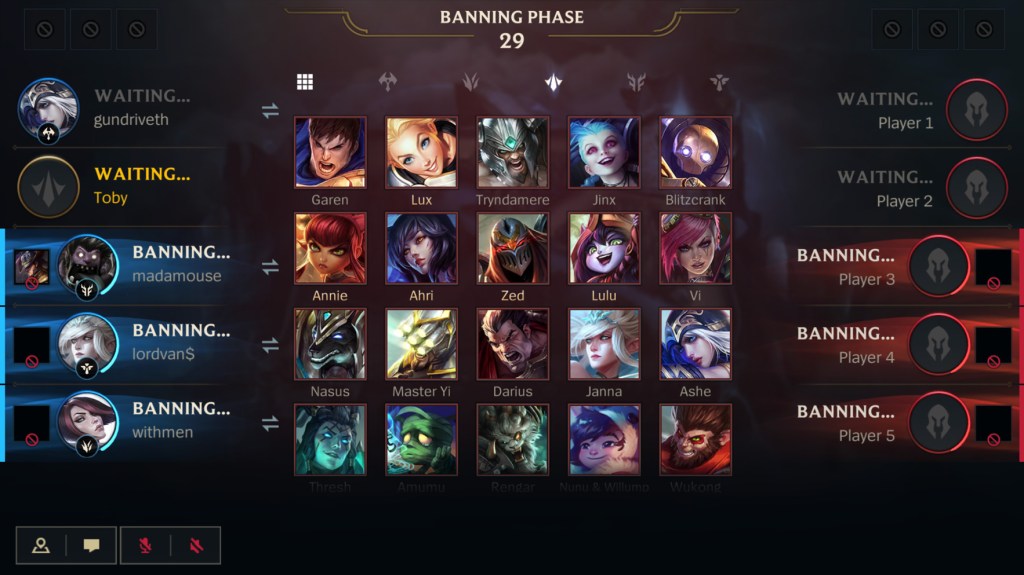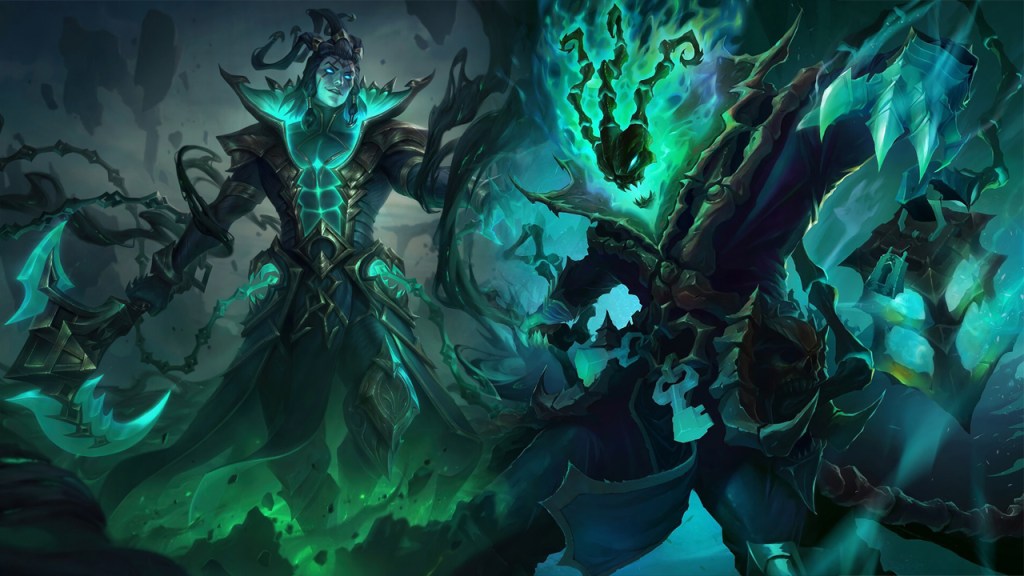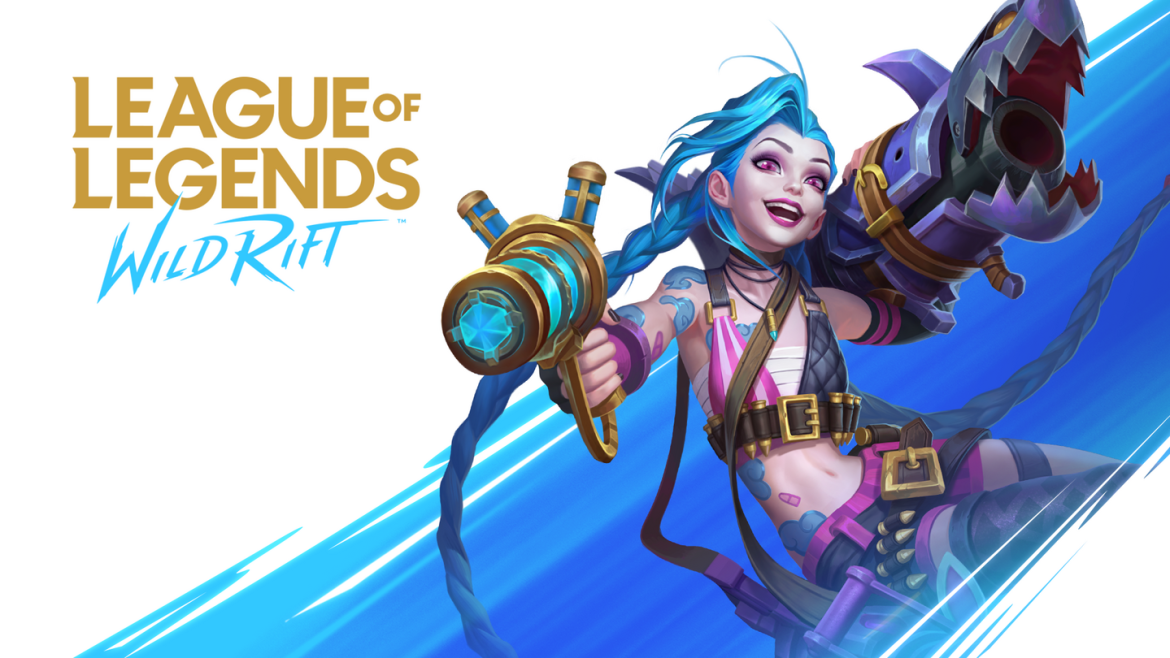League of Legends Wild Rift is one of the fastest growing mobile games in the Philippines. Fully released in October last year after a number of trial periods across several months, the mobile version of the game quickly grew in popularity both in the casual and competitive gaming communities.
Its success has been due to the existing popularity of its PC counterpart as well as the massive mobile gaming player base in the country.
Since its release, Wild Rift developer and publisher Riot Games has gradually released updates for the game that have introduced more champions, items, features, adjustments, fixes, and more.
While Wild Rift’s previous patches have differed in magnitude, the game’s latest 2.4 update potentially features its most significant changes so far, not just for how it affects Wild Rift but also League of Legends as a whole.
A New Barrier to Entry
When Wild Rift launched its competitive Ranked System, it only required players to reach level 10 to start their climb up the Ranked ladder. But with the release of Patch 2.4, Riot Games has now added a champion ownership requirement before players can begin joining Ranked matches, bringing it closer to League of Legends on PC. However, the requirements for Wild Rift are still significantly different from its desktop predecessor.
In League of Legends on PC, players are required to have reached level 30 and own 20 champions. On the other hand, Wild Rift not only retains the level 10 requirement it had previously but it also adds an ownership requirement of 16 champions.
In addition to having lower requirements, the most important difference is that Wild Rift also counts the 10 free-to-play rotation champions in the requirement. This makes Ranked in Wild Rift significantly more accessible as players effectively need to own only a minimum of six champions to begin playing Ranked.
Ban Them Out

The new requirements for joining Ranked matches were implemented due to another significant change introduced by Wild Rift’s 2.4 update, the addition of bans in Ranked games. With the latest update, each team will be able to ban three champions.
Just like its PC counterpart and similar games in the genre, the addition of bans to Wild Rift’s Ranked mode will significantly change the variety of games that players will experience in the competitive game mode as it forces players to not only pick other champions but also expand the roster of champions they’re used to playing.
While introducing bans is an expected feature for Wild Rift’s Ranked mode, its current implementation is also quite different from its PC counterpart. According to Riot Games, the decision to only allow three bans per team instead of the five of League of Legends on PC is due to the limited number of champions that are currently available in Wild Rift. However, it does plan to ramp up the number of bans to five per team once the number of champions increase.
Promotions No More

Considering that adding champion ownership requirements to Ranked play ostensibly raises its barrier to entry, Riot Games has lowered one of the mode’s most anxiety-inducing components at the same time.
With Patch 2.4, players will no longer need to play through promotion matches to go up a rank tier. This is a significant change to the game as it not only makes Ranked much less intimidating as going up a tier is no longer fully dependent on promotion matches, but it also potentially encourages more people to keep playing as they no longer have the fear of having to go through the promotion matches again in the event that they get demoted to a lower tier.
Riot Games also recently removed promotion matches between Divisions in League of Legends on PC but the studio has taken it a step further in Wild Rift by removing them completely.
According to Riot Games, it chose to remove promotion matches as its negative effects were beginning to outweigh its benefits. The omission of promotion matches in Wild Rift will change the overall experience of Ranked ladder and the composition of Ranked tiers as climbing up each of them becomes more accessible.
Canon Unbound

Finally, the most significant change that Wild Rift’s 2.4 update has introduced is the addition of Thresh into the game’s roster. While bringing in a past League of Legends champion into Wild Rift isn’t huge news in itself, Riot Games has added Thresh into the mobile game with a completely different base design. Instead of his classic design in League of Legends on PC, Thresh will be donning his newly released Unbound skin by default.
According to developer Riot Games, the reason for the huge change to Thresh for Wild Rift was due to age rating restrictions. But the most significant part of the switch is that the studio has decided to incorporate the new skin into the Chain Warden’s lore, effectively making the Unbound skin more than just an optional aesthetic change but actually a part of League of Legends’ overarching story.
According to the developer, the history behind Thresh’s new look will be revealed soon and will most likely tie into the franchise’s Ruined King storyline. While not much is known about the studio’s upcoming turn-based RPG, Ruined King: A League of Legends Story, several of the characters that will be making an appearance in the game have been announced, including Thresh.
Although the changes that Riot Games has implemented with Patch 2.4 initially only affects Wild Rift, some of them may potentially make their way to League of Legends on PC. Particularly the complete removal of promotional matches, and more likely, the change to Thresh’s base skin. The latter also marks the first time that a change in Wild Rift, which was initially thought of as secondary to its bigger brother, is affecting the overall lore of League of Legends.
Try out Wild Rift and its latest 2.4 update with the Double Giga Games promo, which offers affordable ways to play mobile games like Wild Rift.
Double Giga Games provides you with data for all sites and data specifically for online games. Register through Smart’s GigaLife app, as well as dialing *123#.
This post may include or feature content licensed to another entity or person. Smart claims no copyright to said content. The use of any name, mark, or brand is for identification and reference purposes only and does not imply any endorsement, affiliation, or association with Smart.



